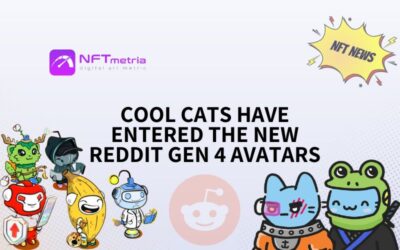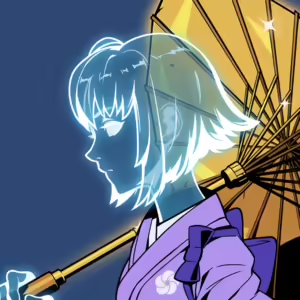Binance finally launches the innovative The AI NFT Generator Binance Bixel after two beta tests. This high-profile event has been a great opportunity for Binancians users from all over the world to generate AI-based NFTs powered by BNB Smart Chain. After that, everyone can put the generated token as an avatar or put it up for sale on the Binance NFT marketplace. This system is called Bixel and is already popular with thousands of Binancians. Bixel combines the power of AI and Web3 to provide an affordable entry point to digital art and NFT.
#Binance's AI NFT generator is back!
Bixel is now publicly available, letting you unleash your creativity to generate your own AI artwork.
Create your digital art before the 10th of August for the chance to win 1 #BNB!
Learn more here 👇https://t.co/Mh5VYHmYmp
— Binance (@binance) July 26, 2023
What is Bixel AI NFT Generator from Binance?
Binance Bixel is an innovative AI NFT generator that allows you to create your own unique images powered by BNB Smart Chain. At the same time, Binancian can specify various text hints for the generator during creation, load the base image and add various styles and effects.
And here is what we know about Bixel at the moment:
- To use the service, the user must pass KYC and pay a minting fee of 0.008 BNB (approximately $1.9).
- Minting limit is up to 10 tokens per day per user.
- From July 26 to August 10, everyone can take part in the Bixel Challenge. To do this, he only needs to mint a tokenized image, which will be placed on a page with the ability to vote for the entire community. The top ten authors with the most votes will receive 10 BNB (approximately $2,440).

Thus, the crypto exchange popularizes the industry of non-fungible tokens and demonstrates ease of use and functionality. And the rapid development of such AI services as ChatGPT, DALL-E and Midjourney stimulates the largest crypto exchange with its own innovative service to respond to all the requests of its users.
When is Bixel launched by Binance?
The service (then called Bicasso) was first launched on March 1, 2023 in beta testing format for a limited number of European users. Then the limit on the total coinage was only 10,000 tokens. The whole process was completed just a few hours after launch.
Bixel then launched on March 29, 2023 for all users worldwide, but for only 12 hours and with first-come, first-served access for 100,000 Binancians.
Now, from July 26, Bixel is available on a permanent basis for users from all over the world.
How can AI be used in the NFT market?
Here are some ways in which Artificial intelligence uses in the NFT space:
- AI-generated art: AI algorithms like Generative Adversarial Networks (GANs) have been used to create unique and original artworks that are then tokenized as non-fungible tokens. Artists and developers use AI to produce new and diverse art pieces that are different from traditional human-made art.
- AI-assisted curation: With the growing number of tokens being created, it becomes challenging for collectors to find pieces that align with their interests. AI-driven curation platforms can help collectors discover relevant and interesting NFTs based on their preferences, browsing history, and other factors.
- Verification and provenance: Provenance and authenticity are significant concerns in the NFT space. Artificial intelligence can be used to verify the authenticity of non-fungible tokens and establish a clear chain of ownership, ensuring that the token represents the original work and hasn’t been duplicated or tampered with.
- Dynamic and interactive NFTs: Artificial intelligence can enable tokens to become more dynamic and interactive. For example, an AI-powered NFT might change its appearance or behavior based on external factors, user interactions, or specific conditions.
- AI-powered marketplaces: Artificial intelligence can be used to improve marketplaces by providing better search and recommendation systems, analyzing market trends, predicting prices, and detecting fraudulent activities.
- Smart contracts and AI integration: Combining AI with smart contracts can lead to more sophisticated and automated NFT functionalities. For example, Artificial intelligence could autonomously handle the distribution of royalties to creators whenever their NFT is resold.
- Virtual worlds and AI entities: In virtual reality environments and metaverses, AI entities could become unique tokens with their own traits and characteristics, creating new opportunities for virtual interactions and experiences.
- AI-generated music and other media: Just like with art, AI algorithms can generate music, videos, and other media content that could be tokenized as non-fungible tokens.
As AI technology continues to advance, its role in the NFT ecosystem is likely to expand and diversify even further.











